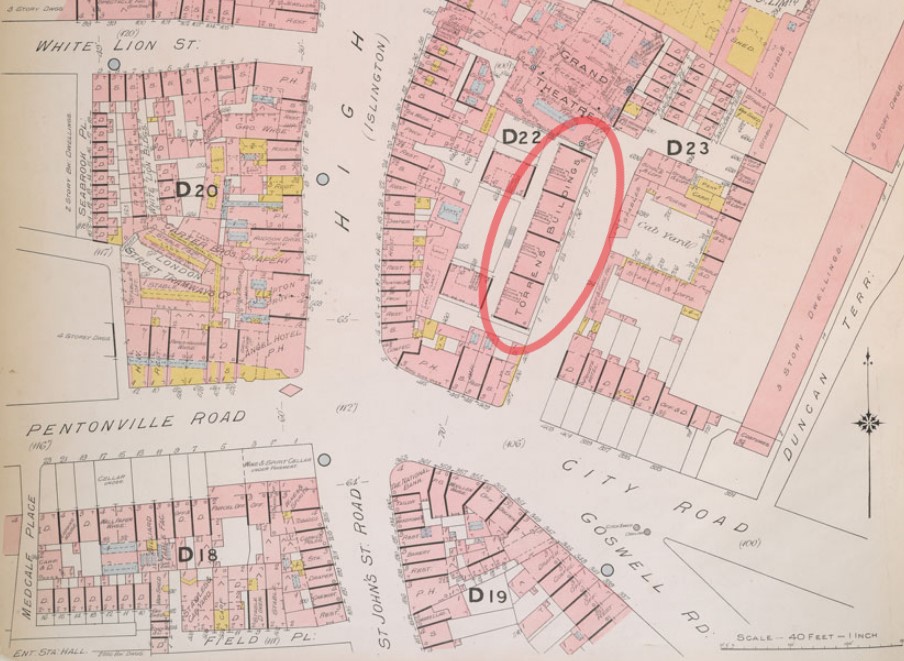Wedding of Let and Percy
One example of many.

The first, well actually the second page of the register is headed;
A Register of those that have been buried in Woollen according to ?? ??? Act of Parliament Thorncombe 1680.
The primary thing to note here is that the book is indeed in relation to Thorncombe and that there is no reference to it being any other form of church, so presumably the Established Church.
The other thing of particular interest was the 'buried in Woollen according to Act of Parliament.' I had not come across this before so had to look it up. Wikipedia quickly provided an answer.
Penal Laws, laws passed against Roman Catholics in Britain and Ireland after the Reformation that penalized the practice of the Roman Catholic religion and imposed civil disabilities on Catholics. Various acts passed in the 16th and 17th centuries prescribed fines and imprisonment for participation in Catholic worship and severe penalties, including death, for Catholic priests who practiced their ministry in Britain or Ireland. Other laws barred Catholics from voting, holding public office, owning land, bringing religious items from Rome into Britain, publishing or selling Catholic primers, or teaching.
Sporadically enforced in the 17th century and largely ignored in the 18th, the Penal Laws were almost completely nullified by the Roman Catholic Relief Act (1791), the Catholic Emancipation Act (1829), the Roman Catholic Charities Act (1832), and the Roman Catholic Relief Act (1926).
The Reformation in Tudor England was a time of unprecedented change. One of the major outcomes of the Reformation was the destruction of the monasteries which began in 1536.
The Reformation came about when Henry VIII wished to divorce his first wife, Catherine of Aragon, who had failed to give him a male heir. When the Pope refused to grant the divorce, Henry set up the Church of England. The Act of Supremacy in 1534 confirmed the break from Rome, declaring Henry to be the Supreme Head of the Church of England.
The monasteries were a reminder of the power of the Catholic Church. It was also true that the monasteries were the wealthiest institutions in the country, and Henry’s lifestyle, along with his wars, had led to a lack of money. Monasteries owned over a quarter of all the cultivated land in England. By destroying the monastic system Henry could acquire all its wealth and property whilst removing its Papist influence.
From a recent TV programme about Ann Boleyn there is a slightly different view on this.
To be developed
The earliest registers, which are of baptisms, start in 1642, the first year of the Civil War, but most commence after the Restoration. There was no legal requirement to keep them as there was with parish registers and it is highly probable that many Nonconformist registers were destroyed or lost. There have always been far more birth/baptism registers than burial registers, and they usually contain details of birth as well as baptism.
Restoration; On 14 May 1660 Charles II was formally restored to his kingdoms and proclaimed King of Great Britain and Ireland.
A Catholic king
In 1685 Charles II was succeeded by his brother - James II in England and James VII in Scotland. The new king was a devout and practising Catholic, who wanted to secure the toleration of Catholics throughout his kingdoms and the removal of laws that forbade their full participation in government and public life.
It was widely suspected that James' real objective was to make Catholicism the official church.
An Act for the Commutation of Tithes in England and Wales. - 6 & 7 Will 4 c 71. Royal assent; 13 August 1836
Together with several amendments;
Act amended by Tithe Act 1839 (c. 62), Tithe Act 1842 (c. 54), Tithe Act 1860 (c. 93), Tithe Act 1878 (c. 42), Tithe Act 1891 (c. 8) and Tithe Act 1918 (c. 54)
The Tithe Act, 1936 (26 Geo. V and 1 Edw. VIII. C.43) abolished all tithe rent charges. Responsibility for tithe documents created under the tithe acts (1836, 1837, 1839, 1860, 1891) were placed under the charge of the Master of the Rolls, who has the authority to transfer them to an approved place of deposit. This responsibility is exercised by The National Archives: Historical Manuscripts Commission. The Master of the Rolls has issued Tithe (Copies of Instruments of apportionment) Rules 1960 (SI 1960/2440), as amended by the Tithe (Copies of Instruments of Apportionment) (Amendment) Rules 1963 (SI 1963/977)] concerning the care, custody, access to, and definition of tithe documents.
Social economic history
This is the equivalent to major heart surgery.
There have been a lot of behind the scene changes, some of which have impacted what you can see and how you see it.
I have been chasing down those changes since the upgrade.
Please feel free to contact me if you find one of the remaining glitches.

